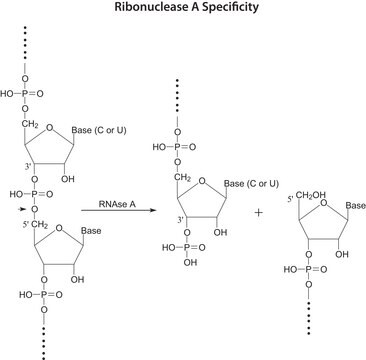T0807
3-(N,N-Dimethylmyristylammonio)propanesulfonate
≥99% (TLC), BioXtra
Synonym(s):
3-(N,N-Dimethyltetradecylammonio)propanesulfonate, 3-(Myristyldimethylammonio)propanesulfonate, N-Tetradecyl-N,N-dimethyl-3-ammonio-1-propanesulfonate, Myristyl sulfobetaine, SB3-14
About This Item
Recommended Products
description
zwitterionic
product line
BioXtra
Assay
≥99% (TLC)
mol wt
micellar avg mol wt 30,200
aggregation number
83
technique(s)
electrophoresis: suitable
ion chromatography: suitable
impurities
≤0.0005% Phosphorus (P)
≤0.1% Insoluble matter
ign. residue
≤0.1%
CMC
0.1-0.4 mM (20-25°C)
solubility
H2O: 50 mg/mL, clear, colorless
anion traces
chloride (Cl-): ≤0.05%
sulfate (SO42-): ≤0.05%
cation traces
Al: ≤0.0005%
Ca: ≤0.001%
Cu: ≤0.0005%
Fe: ≤0.0005%
K: ≤0.005%
Mg: ≤0.0005%
NH4+: ≤0.05%
Na: ≤0.005%
Pb: ≤0.001%
Zn: ≤0.0005%
application(s)
detection
SMILES string
CCCCCCCCCCCCCC[N+](C)(C)CCCS([O-])(=O)=O
InChI
1S/C19H41NO3S/c1-4-5-6-7-8-9-10-11-12-13-14-15-17-20(2,3)18-16-19-24(21,22)23/h4-19H2,1-3H3
InChI key
BHATUINFZWUDIX-UHFFFAOYSA-N
Looking for similar products? Visit Product Comparison Guide
General description
Application
Signal Word
Warning
Hazard Statements
Precautionary Statements
Hazard Classifications
Eye Irrit. 2 - Skin Irrit. 2 - STOT SE 3
Target Organs
Respiratory system
Storage Class Code
11 - Combustible Solids
WGK
WGK 3
Flash Point(F)
>230.0 °F
Flash Point(C)
> 110 °C
Personal Protective Equipment
Choose from one of the most recent versions:
Already Own This Product?
Find documentation for the products that you have recently purchased in the Document Library.
Customers Also Viewed
Our team of scientists has experience in all areas of research including Life Science, Material Science, Chemical Synthesis, Chromatography, Analytical and many others.
Contact Technical Service











![[2-(Methacryloyloxy)ethyl]dimethyl-(3-sulfopropyl)ammonium hydroxide 95%](/deepweb/assets/sigmaaldrich/product/structures/217/219/73c91e1c-0ee4-4b3d-bead-a6dc3d09d1da/640/73c91e1c-0ee4-4b3d-bead-a6dc3d09d1da.png)
